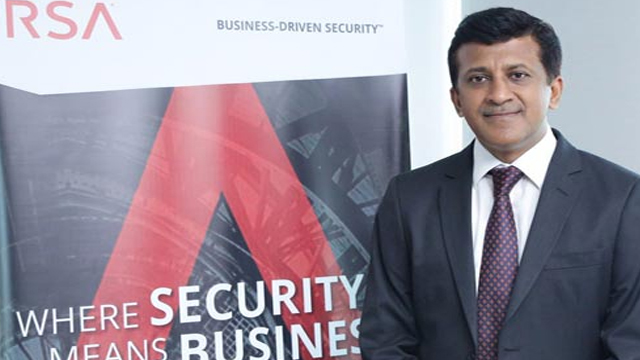Rajnish Gupta, Regional Director – India, RSA – a Dell technologies business
- Consumer technologies at the core of the Enterprise
IoT started on the consumer side with wearable devices. However, security was at the low end of
consideration and passwords were embedded at the factory level, which meant that most IoT devices
were not secured. While data leaks due to poor security on consumer IoT devices may not pose that
much risk (consumers may not care if the number of steps they took in a day are leaked), once these
devices make their way into the business and enterprise use cases, that risk grows.
- The rise of Shadow IT
Shadow IT, where systems and solutions are built and used inside organizations without explicit
organizational approval, is a growing digital risk in the region, and we will potentially see data breaches
next year targeting organizations through this growing exposure surface.
Smaller teams within the same organization are doing things their own way. Craving more agility and
faster delivery, they end up creating their own IT environment that is usually cloud-based and
unmanaged by the IT infrastructure team and outside the scope of the risk and compliance teams.
Shadow IT creates a backdoor and it is a growing danger.
- Continued growth of online Fraud
We live in a connected world with everything accessible with just a few taps. Phishing attacks not only
enable online financial fraud but these sneaky threats chip away at our sense of security as they get
better at mimicking legitimate links, messages, accounts, individuals and sites. RSA releases a fraud
threat report every quarter and India ranked fourth on the list of Top 10 phishing target countries and
second on the list of top 10 phishing hosting countries consistently through the year. Phishing will
continue to be a major threat in the coming year and phishers will continue to innovate & improvise the
attacks methods.
- The accelerated rate in cloud adoption
In the next year, cloud adoption will accelerate significantly, and organizations will have more
confidence in the cloud overall.
This will put pressure on regional organizations to keep themselves secure through the transition. This
includes ensuring their identity and access management remains up to par, and that their risk programs
expand to cover third party.



